In the world of rowing, where physical strength meets unwavering mental resilience, the ultimate endurance benchmark shines as a symbol of human achievement. Picture pushing your boundaries across 21,097 meters – a half-marathon distance – where rowing and mental grit intersect. This challenge isn't random; it pays homage to both rowing and long-distance running demands. As oars slice through water and meters accumulate, it's more than strength – technique, learned from 10 classes, that's vital for this extraordinary feat. This journey unveils the fusion of physical prowess and precision that underlies this remarkable challenge. It's not just about numbers; it's about embracing the endurance of body and mind, facing monotony, and emerging stronger, more resilient, and accomplished on the other side.
The Rowing Endurance Challenge Explained
At the heart of rowing's endurance, benchmark lies a distance that's more than a numerical value; it's a symbol of both physical prowess and mental tenacity. The 21,097 meters, equivalent to a half-marathon, is a carefully chosen distance that encapsulates the essence of endurance sports. This distance isn't just a random figure; it mirrors the grueling challenge that long-distance runners often undertake, adding an extra layer of intensity to the already demanding sport of rowing. As oars sweep through water and meters accumulate, rowers embark on a journey that transcends the physical plane, delving deep into the realm of mental fortitude.
The demands of such a distance are multifaceted. Physically, long-distance rowing engages the cardiovascular system to an exceptional degree, requiring sustained effort that challenges the heart's capacity to pump oxygen-rich blood. Muscles endure a prolonged workout, fostering both endurance and strength. Mentally, the journey is equally taxing; rowers must navigate the monotony and stay focused despite the repetitive motion, battling boredom and fatigue. The psychological battle that ensues is an intrinsic part of this challenge, where mental stamina is as critical as physical ability.
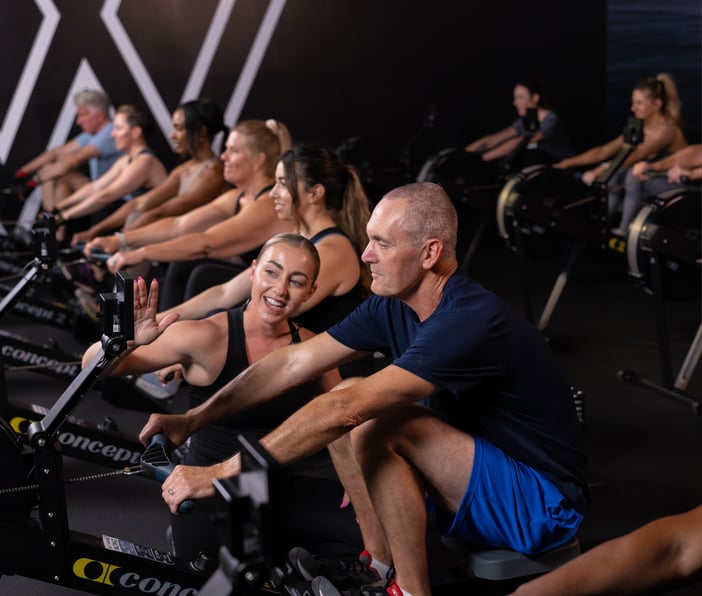
Beyond the immediate challenge, the benefits of undertaking this endurance benchmark extend far and wide. Engaging in long-distance rowing not only enhances cardiovascular fitness but also refines muscle endurance and coordination. The dedication required to train for and complete such a challenge nurtures discipline and self-belief, which can subsequently permeate various aspects of life. Endurance training, as epitomized by this benchmark, lays a robust foundation for improved rowing performance across distances, making every stroke more efficient and effective.
In unraveling the layers of this endeavor, it's evident that the 21,097-meter rowing challenge is not just about conquering a distance but about conquering oneself – both physically and mentally. It beckons rowers to embrace discomfort, elevate their performance, and emerge not only as more resilient athletes but as individuals who have traversed the realm of ultimate endurance.
Preparing for the Challenge
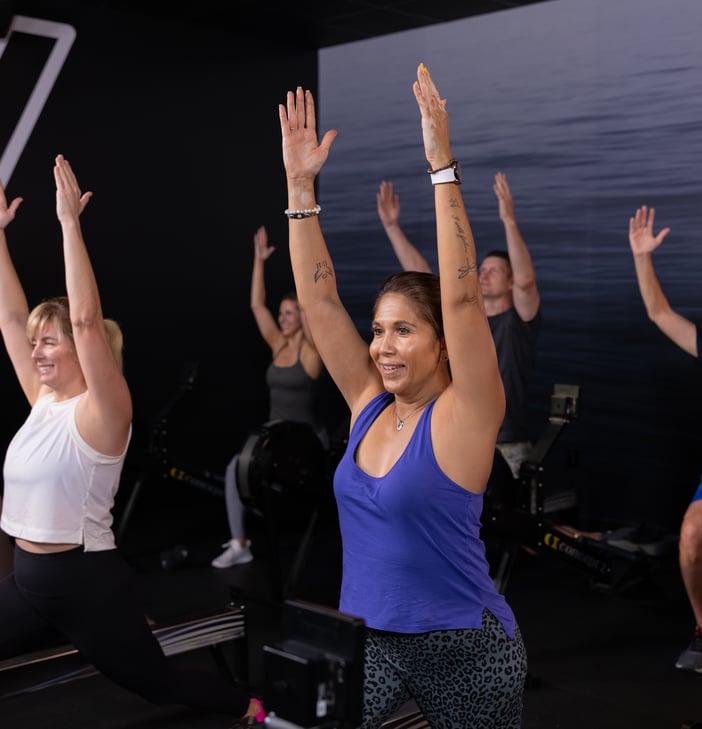
Before embarking on the arduous journey of conquering 21,097 meters of steady rowing, a solid foundation is essential to navigate the demands that lie ahead. One key prerequisite is having a minimum of 10 rowing classes under your belt. These initial sessions serve as a vital introduction to the mechanics of rowing, allowing you to become acquainted with the rhythm, stroke technique, and machine dynamics. Equally vital is the establishment of a strong foundation in rowing form and technique. Proper form not only ensures an efficient rowing motion but also minimizes the risk of injury that can result from poor posture or incorrect movements. Previous training, including those initial classes, plays a pivotal role in building the physical attributes required for the endurance benchmark. These sessions contribute to the development of muscular strength, aerobic capacity, and overall fitness, gradually preparing your body to take on the prolonged physical challenge that lies ahead. Thus, the preparation phase for this ultimate endurance benchmark revolves around cultivating the necessary technical proficiency and physical robustness to tackle the forthcoming feat with confidence and resilience.
Building Endurance and Strength
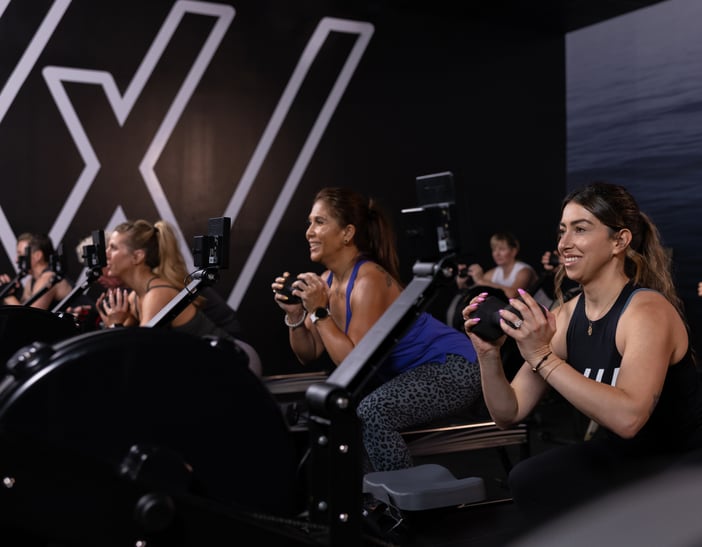
To conquer the 21,097-meter rowing challenge, a structured training progression is essential. Gradually increasing the duration and intensity of your rowing sessions helps prepare your body for the extended effort. Begin by setting achievable distance goals and progressively add meters to each session. Consistency is key, as regular rowing practice plays a pivotal role in improving endurance. Research has shown that consistent endurance training induces cardiovascular adaptations, enhancing oxygen delivery to muscles and improving overall endurance performance.
Incorporating cross-training and strength exercises can further amplify your rowing prowess. Engaging in activities such as cycling or running can provide variety to your training routine and engage different muscle groups. Strength training, focusing on the muscles used in rowing (legs, back, core), enhances power and helps prevent imbalances that could lead to injury. Integrating these exercises twice a week can significantly contribute to your overall rowing performance, equipping you with the physical robustness to endure the half-marathon distance.
Mastering Form and Technique
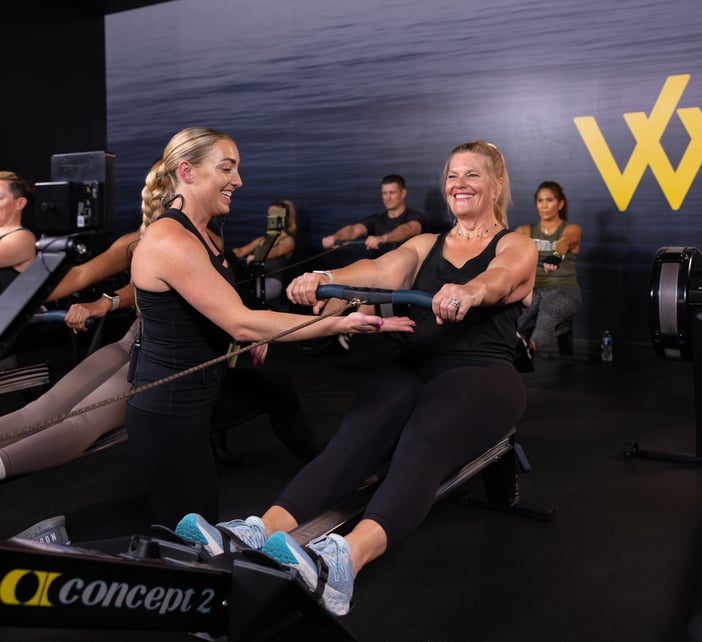
Proper rowing form is paramount, especially when embarking on an endurance challenge. Incorrect technique not only hampers efficiency but can lead to discomfort and potential injuries. Maintaining a strong core and neutral spine, engaging the legs, and coordinating the sequence of movements are essential components. Pay attention to your breathing, inhaling during recovery, and exhaling during the drive. Consistent practice of correct form ingrains efficient muscle memory, enhancing performance and minimizing strain on the body.
Improper technique during extended rowing sessions can lead to various issues. Excessive leaning forward or slouching can strain the lower back while using predominantly arms can lead to early fatigue. A study published in the "Sportsmith Health and science" emphasizes the importance of proper rowing techniques to prevent overuse injuries and optimize performance. Therefore, practicing and refining your form is not just a technical detail but a fundamental aspect of conquering the endurance benchmark.
Mental Conditioning and Strategy

The mental aspect of endurance rowing is as critical as physical preparation. To maintain focus during long rows, implement strategies like setting micro-goals. Breaking down the distance into manageable chunks can make the challenge appear less daunting. Additionally, creating a motivational playlist or using visualization techniques can help sustain enthusiasm. Research published in the "International Journal of Sports Science & Coaching" suggests that mental strategies like imagery and goal-setting positively impact endurance performance
Setting milestones along the way, such as reaching specific distances, can offer a sense of accomplishment and motivation. Staying engaged requires mental resilience; remind yourself of your purpose and embrace the meditative rhythm of the row. Strategies to mitigate mental fatigue include focusing on the present moment, adopting positive self-talk, and practicing mindfulness techniques. By harnessing the power of the mind, you can navigate the mental challenges inherent in enduring 21,097 meters on the rowing machine.
Nutrition, Hydration, and Challenge Preparation

Proper nutrition and hydration are the cornerstones of optimal performance during the rigorous 21,097-meter rowing challenge. Your body's energy stores need to be replenished to sustain the physical demands of the distance. Before the challenge, focus on consuming a balanced meal rich in complex carbohydrates and lean proteins. This provides sustained energy and aids muscle recovery. During the row, keep energy levels steady by consuming easily digestible snacks like energy gels or bites. Hydration is equally vital; aim to start well-hydrated and take regular sips of water throughout the challenge. Electrolytes lost through sweat, play a crucial role in preventing muscle cramps and fatigue, so consider hydrating with electrolyte-rich drinks. Proper nutrition and hydration not only enhance performance but also mitigate the risk of physical strain during the endeavor.
Preparation on Challenge Day
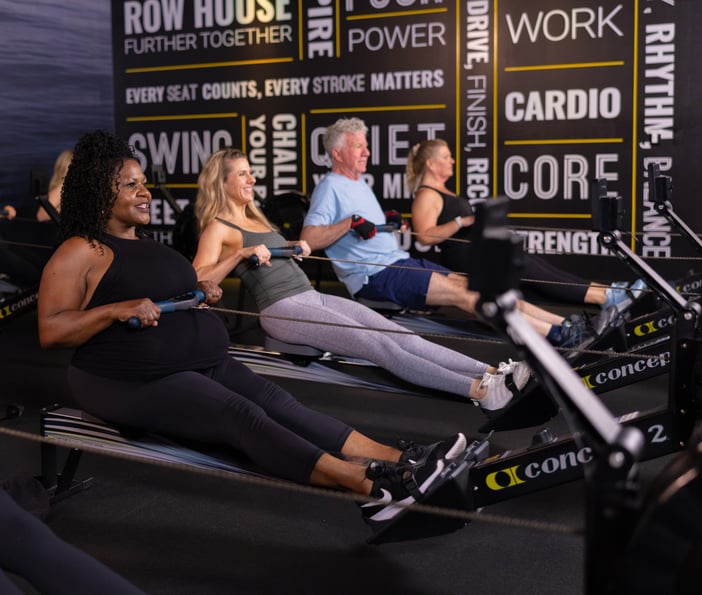
As the challenge day dawns, a well-structured routine can set the tone for success. Begin with a dynamic warm-up to prepare your muscles and joints for the exertion ahead. Incorporate light cardio, dynamic stretches, and mobility exercises to increase blood flow and prevent injury. When it's time to set up the rowing machine, ensure the foot straps are secure, the damper setting suits your preference, and the monitor displays accurate metrics. A misaligned setup can lead to discomfort and suboptimal performance. Mentally, center yourself before embarking on the challenge. Engage in deep breathing or visualization exercises to calm nerves and focus your mind. The moments leading up to the challenge are crucial; they set the stage for the journey ahead.
Reflecting on Achievement and Setting New Goals
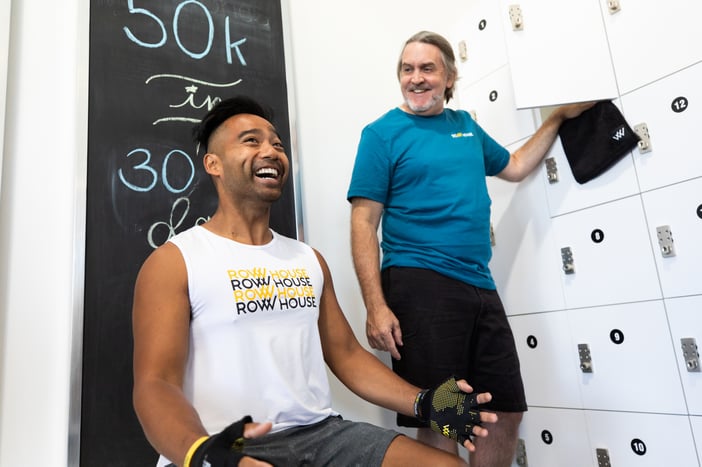
Completing the 21,097-meter rowing challenge is an achievement that goes beyond the physical distance covered. Take time to reflect on your journey – the hours of training, the mental battles fought, and the determination that carried you through. Celebrate not only the accomplishment itself but the growth and resilience you've cultivated. Physically, your cardiovascular fitness, muscular endurance, and overall strength have likely improved. Mentally, you've honed your focus, learned to navigate discomfort, and developed the mental stamina required for such endurance challenges. As you bask in the glow of this achievement, consider it a stepping stone. Set new goals that push your boundaries and continue your journey in rowing. Whether it's conquering a greater distance, improving your time, or exploring other rowing formats, your accomplishment now serves as a launchpad for further success.
**Note:** Please keep in mind that while the provided content is well-researched, it's always a good idea to consult with a qualified fitness professional or medical expert before undertaking any significant physical challenge or making changes to your training and nutrition regimen.
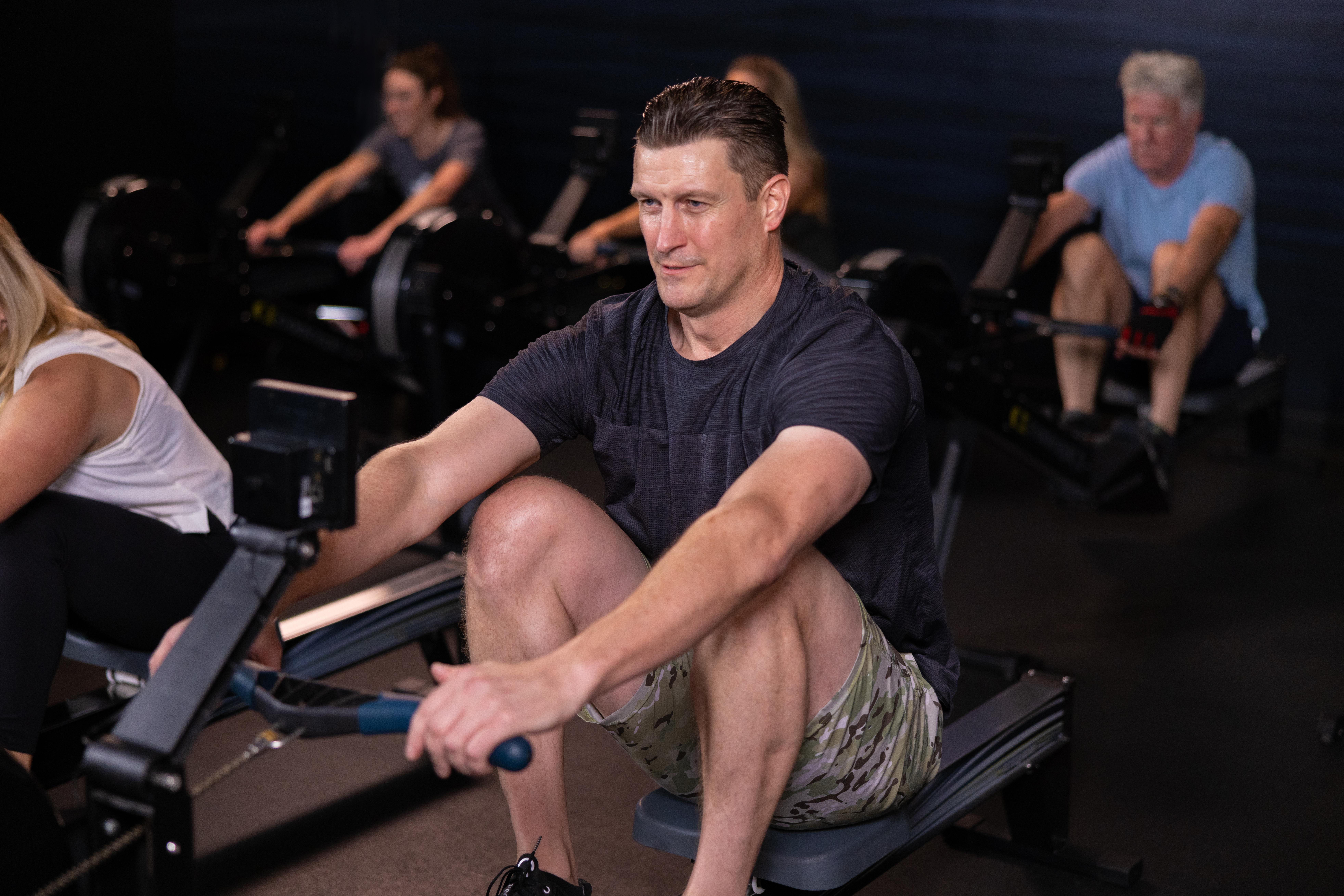

.png?width=600&name=Untitled%20design%20(32).png)
